Advice
Mistakes Approaching Sponsors for Indie Films
When approaching potential sponsors for independent film projects, it’s essential to avoid common mistakes to increase the chances of securing support. Here are some pitfalls to steer clear of:
1. Talking Too Much: Avoid dominating the conversation when meeting with potential sponsors. Listen actively to their feedback and engage them in a dialogue about your project rather than delivering a rehearsed monologue.
2. Lack of Transparency: Be upfront with sponsors about any challenges or issues that arise during the production process. Transparency builds trust and shows confidence in both your project and your relationship with the sponsor.
3. Inadequate Experience: If you lack experience in managing large sums of money or have not invested personally in the project, consider adding experienced team members who can address these concerns raised by potential sponsors. Surrounding yourself with experienced professionals can enhance credibility and trust.
4. Failure to Protect Interests: Ensure that your film finance plans protect both yourself, the film, and your investors. Drawing up comprehensive finance plans that safeguard everyone’s interests is crucial for building trust and ensuring a successful partnership[3].
5. Underutilizing Finance Options: Explore and optimize all available film finance options, including soft money, tax credits, profit participation, and product placement. Maximizing alternative investments can help secure funding and retain a share of the project’s upside.
6. Lack of Collaboration: Consider co-producing or co-financing projects with more experienced producers or financiers if you are new to the industry. Collaborating with seasoned professionals demonstrates credibility to investors and provides valuable mentorship opportunities.
By avoiding these common mistakes and implementing best practices when approaching potential sponsors, independent filmmakers can enhance their chances of securing financial support and building successful partnerships for their film projects.
Advice
12 Essential Camera Angles for Cinematic Storytelling

Capturing a compelling story on film isn’t just about pointing your camera and pressing record—it’s about choosing the right angles to express meaning, evoke feeling, and fully immerse your audience. Understanding and utilizing a broad palette of camera angles can elevate your films, transforming ordinary moments into cinematic experiences.
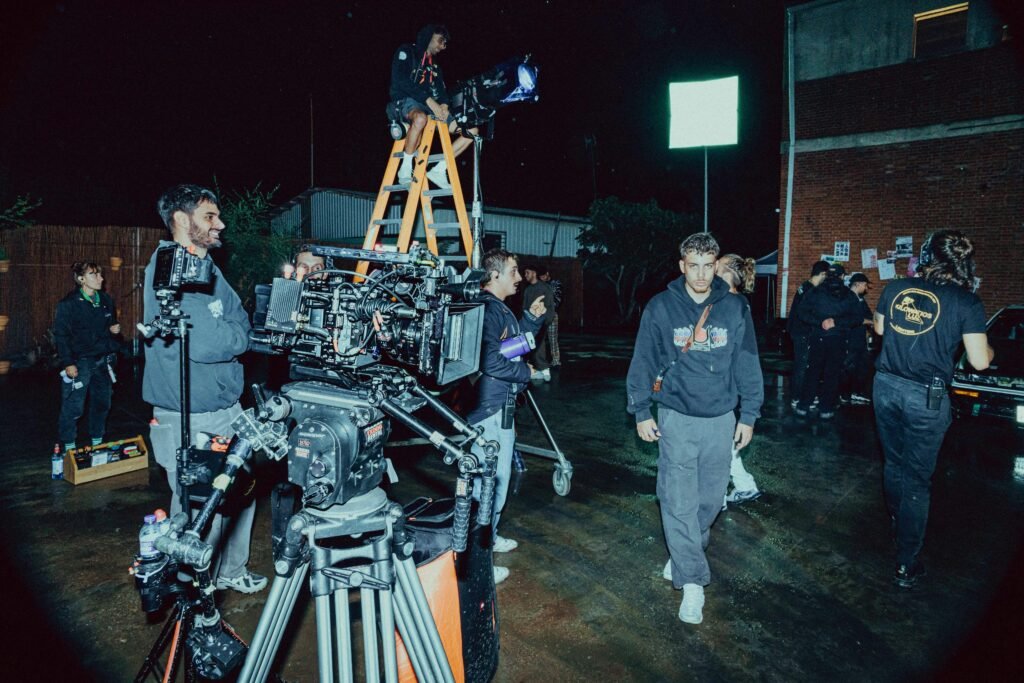
Why Camera Angles Matter
Camera angles are a filmmaker’s secret weapon for three major reasons:
- Perspective: By altering camera angles, you grant your audience varied viewpoints, helping them better understand and connect with the story’s world.
- Emotion: Different angles evoke different emotions—making viewers feel powerful, vulnerable, uneasy, or intimate.
- Editing Flexibility: A variety of angles in your footage provides editors with more options, enhancing your film’s pacing, continuity, and impact.
The 12 Most Popular Camera Angles
Here’s a rundown of the twelve key angles you’ll see in film and video production, alongside when—and why—you’d want to use them.Camera Angle Description Best Use Wide Shot Captures a broad view, showing more of the environment Establishing location, isolation Long Shot Shows the subject’s full body, often from a distance Subject focus, context Medium Shot Frames subject from the waist up Dialogue, connection Cowboy Shot From mid-thigh up; classic in westerns Show action around waist Tight/Close-Up Shot Head and shoulders; emphasizes expressions Intense, intimate dialogue Detail/Extreme Close-Up Focuses closely on a single detail (eyes, watch, etc.) Emphasize clues, mystery Low Angle Camera looks up at subject, making them appear powerful Power, dominance, awe High Angle Camera looks down on subject, making them look vulnerable Weakness, danger, exposure Dutch Angle Tilted horizon line Unease, tension, disorientation Over-the-Shoulder Camera behind a character’s shoulder Perspective in conversations POV (Point of View) Depicts what the character sees Subjectivity, immersion Cutaway Briefly shows something outside the main action Transitions, parallel stories
Applying Camera Angles: When, Why, and How
Adding Emotion and Variety
A well-shot scene incorporates multiple angles to create visual interest, intensify emotion, and offer editorial options. For example, an action sequence combining wide shots, low angles, and POV footage immerses viewers in the chaos and excitement. Conversely, using just one wide static shot can convey loneliness or isolation—overusing angles in such a moment may dilute the intended mood.
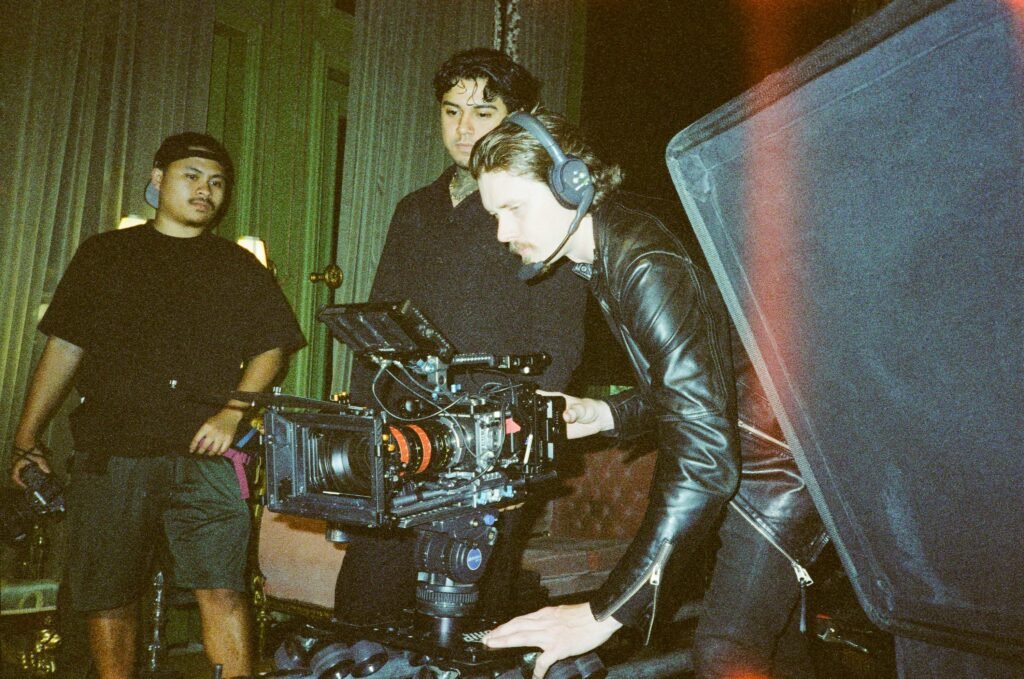
Avoiding Overuse
Not every scene benefits from every angle. Ask yourself: Does this angle contribute to the story or feeling I want to convey? Unnecessary close-ups or unrelated details can distract the audience and cause confusion, especially if the shot offers information irrelevant to the narrative.
Essential Editing Rules for Camera Angles
- The 180-Degree Rule: Imagine an invisible line through your scene. Keep all cameras on the same side of that line to maintain spatial consistency. Crossing the line disorients the viewer unless done deliberately (such as with a continuous moving shot).
- The 30-Degree Rule: When cutting between two angles of the same subject, ensure the cameras are at least 30 degrees apart to avoid jump cuts. This creates smoother, more professional edits.
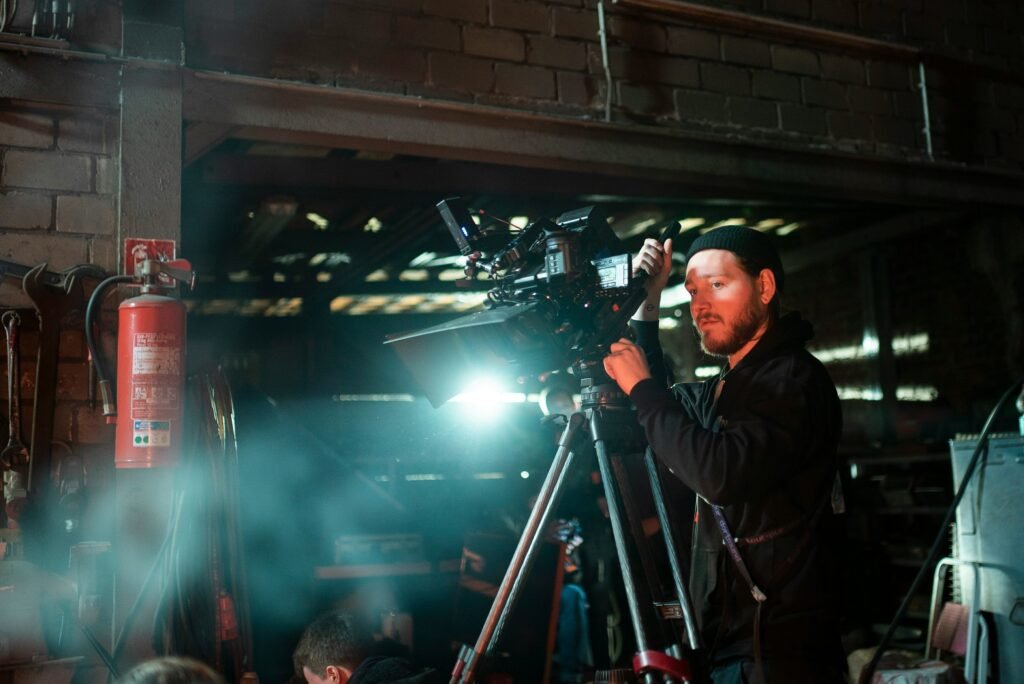
Practical Example: Shooting an Action Scene
A typical, well-covered action sequence might include:
- A wide shot to establish location,
- Tight shots on faces and instruments for emotion,
- Medium shots for dialogue,
- Extreme close-ups for critical details,
- Drone or high angles for perspective,
- Low angles for drama.
Such an approach gives editors the freedom to cut dynamically, maintain narrative clarity, and keep audiences engaged.

Tips for Filmmakers
- Carefully select camera angles to align with the emotional tone of your scene.
- Don’t overcomplicate your coverage; use angles purposefully.
- When in doubt, start with at least five different angles for important actions.
- Follow the core editing rules for seamless, professional-looking cuts.
The thoughtful use of camera angles is a hallmark of cinematic storytelling. Master these techniques, and you’ll give your films the emotional depth, polish, and visual intrigue they deserve.
Advice
Festival Networking: Because Your Film Isn’t Going to Promote Itself (Sadly)
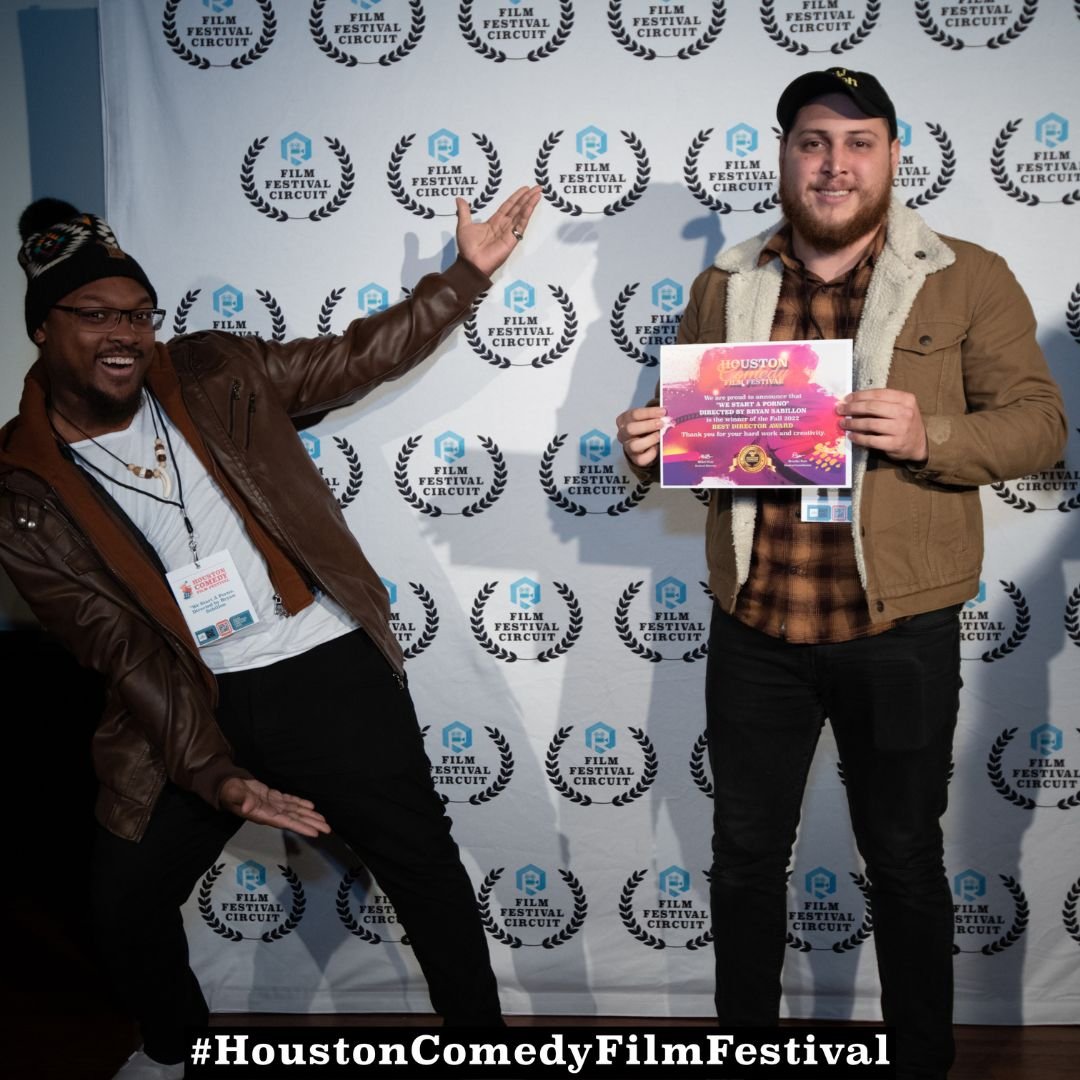
Networking in the film industry is a delicate dance between building meaningful relationships and avoiding the pitfalls that can turn potential collaborators into acquaintances you’d rather avoid. Here’s a practical guide on how to network effectively, with a dash of humor and a whole lot of integrity.

Understand the Power of Networking
Networking isn’t just about collecting business cards or attending every industry event; it’s about creating a network that can elevate your projects from mere ideas to captivating realities on the silver screen. Whether you’re an actor, screenwriter, or director, your network can be the difference between a film that never sees the light of day and one that premieres at Sundance.
Set Clear Goals and Be Authentic
Before diving into networking, define what you want to achieve. Are you looking for collaborations, funding, or mentorship? Knowing your goals helps you focus on the right people and events. Be authentic in your approach—don’t pretend to be someone you’re not. People can spot a fake from a mile away, and it’s a surefire way to ruin potential relationships.
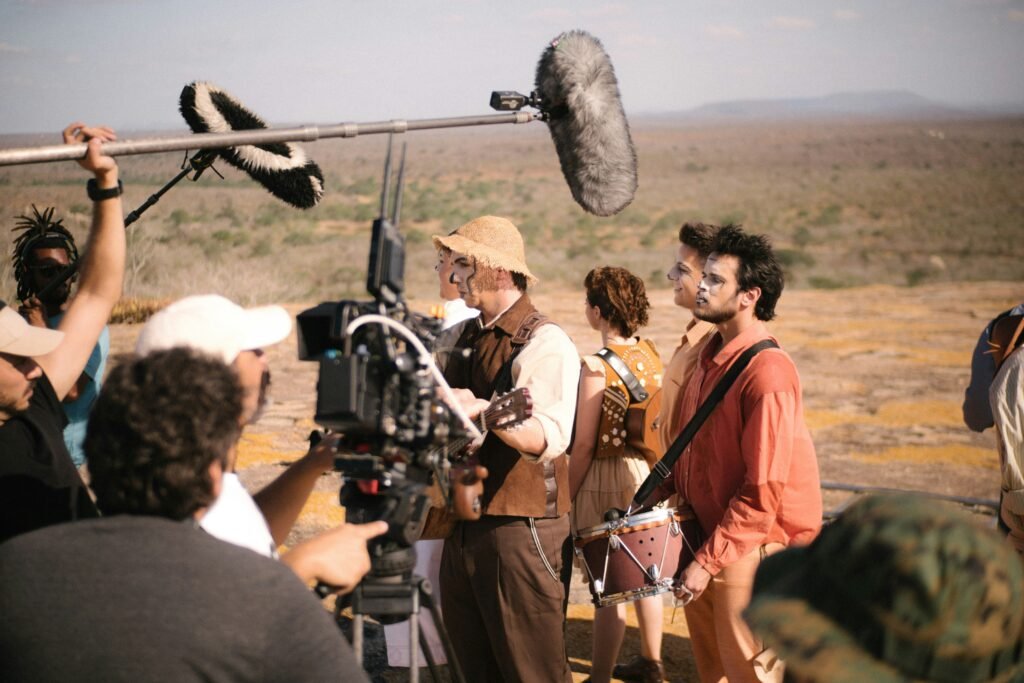
Leverage Online and Offline Networking
Online Platforms: Use LinkedIn, Twitter, and Instagram to connect with industry professionals. Engage thoughtfully with their posts and share relevant content to build your visibility.
Offline Events: Attend industry events like film festivals and workshops. These are great places to meet people in person and build genuine connections.
Do What You Say You Will Do—Integrity Matters
One of the most important aspects of networking is integrity. If you say you’ll follow up or send something, do it. This builds trust and shows that you respect others’ time. In an industry where word-of-mouth is everything, having a reputation for reliability can open doors faster than any networking event.
Be Respectful and Reciprocal
Networking isn’t a one-way street. It’s about building relationships that benefit both parties. Be respectful of others’ time and expertise, and always look for ways to support them as well. Whether it’s sharing a relevant article, providing feedback on a project, or making introductions, these gestures show that you value their success as much as your own.

Avoid Common Mistakes
Don’t Be Overly Pushy: Avoid aggressive pitching or monopolizing conversations. People want to engage, not be sold to.
Listen More Than You Talk: Ask thoughtful questions and show genuine interest in others’ work.
Avoid Gossiping: Speaking negatively about others can damage your reputation quickly.
Follow Up and Follow Through
After meeting someone, send a follow-up message thanking them for their time and reiterating your interest in future collaborations. Consistency is key in maintaining relationships—regular check-ins can turn acquaintances into close allies.
Networking in the film industry is about building genuine connections that can propel your career forward. By being authentic, respectful, and true to your word, you can create a network that supports both your aspirations and those of others in your circle. Remember, your film isn’t going to promote itself—but with the right connections, it just might find its way into the spotlight faster than you think!

Bolanle Media covers a wide range of topics, including film, technology, and culture. Our team creates easy-to-understand articles and news pieces that keep readers informed about the latest trends and events. If you’re looking for press coverage or want to share your story with a wider audience, we’d love to hear from you! Contact us today to discuss how we can help bring your news to life
Advice
How to Create Emotion in Film
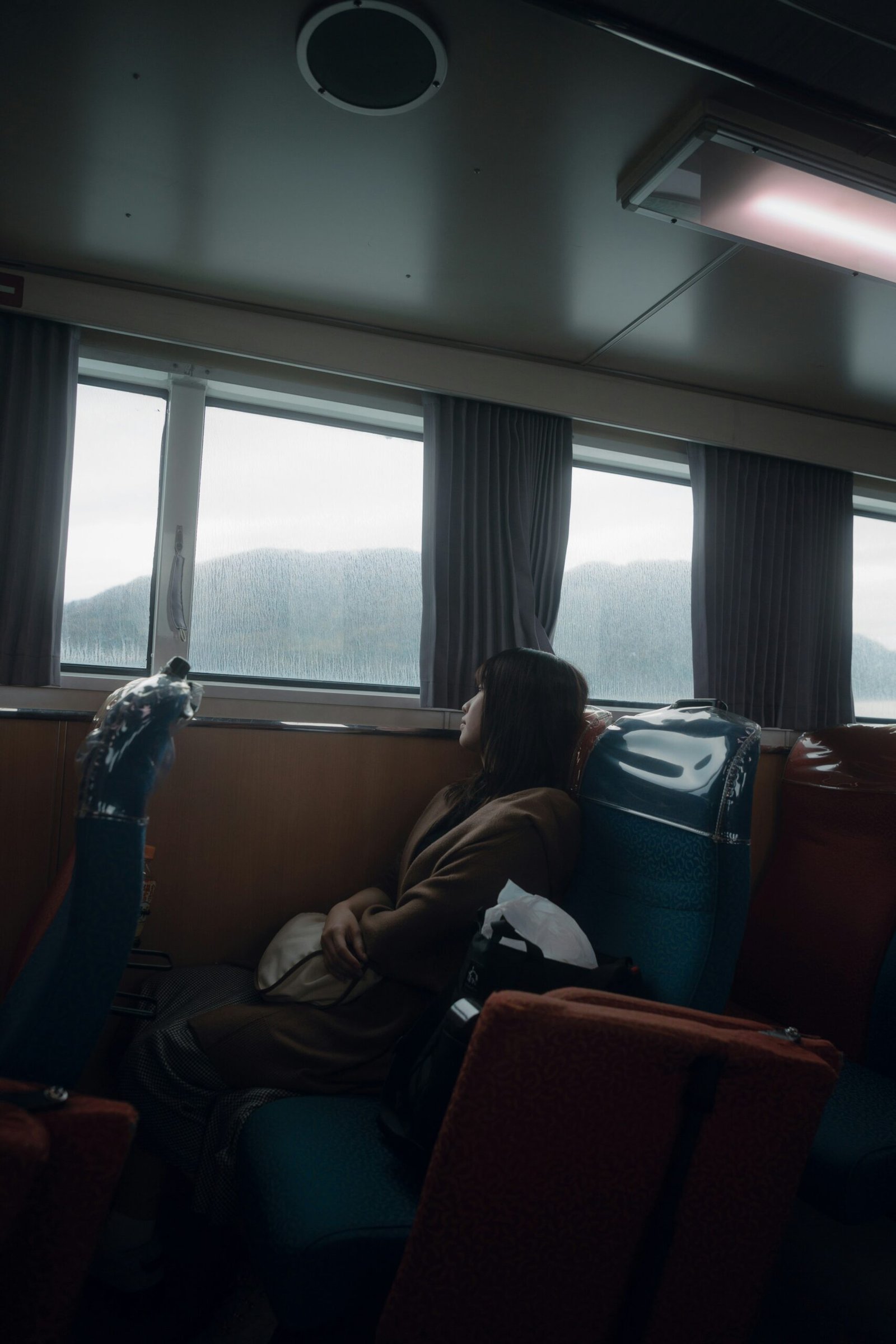
Emotions are the foundation of the human experience. They shape our decisions, color our memories, and drive our relationships. In cinema, emotions are not just an added layer—they are the very heart of storytelling. If a film leaves its audience unmoved, it is often deemed a failure. Understanding how emotions work, both psychologically and cinematically, reveals the secrets behind films that truly resonate.
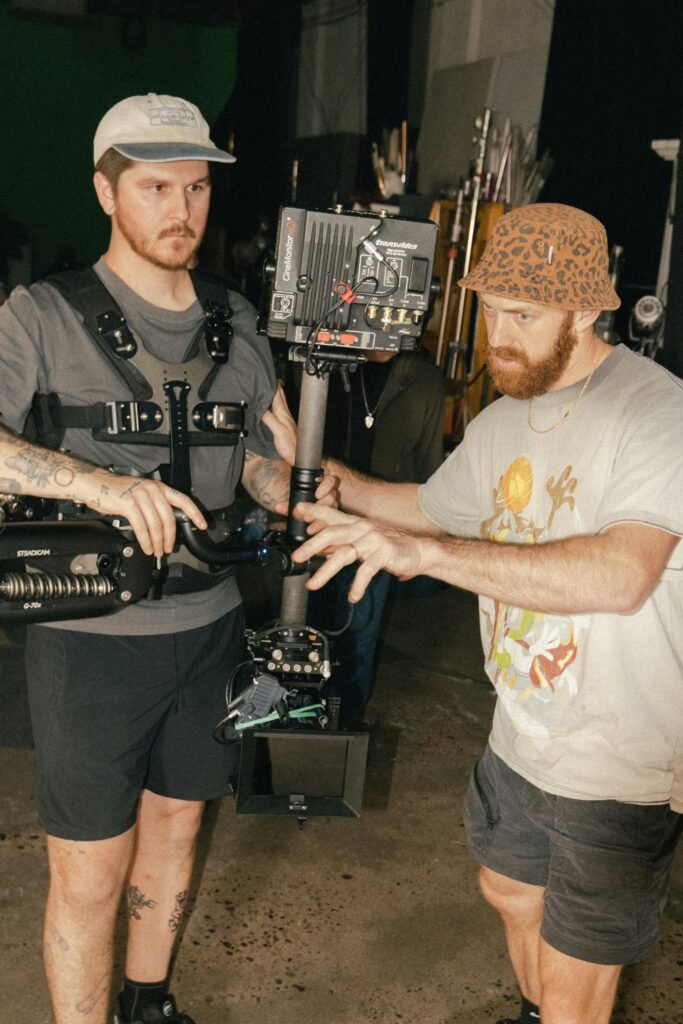
The Psychology of Emotion
Where Do Emotions Come From?
Modern psychology has long sought to answer two central questions about emotion:
- Where do emotions originate?
- How can they be categorized?
For filmmakers, the origin of emotion is especially relevant. Evolutionary psychologists argue that basic emotions are products of natural selection, serving crucial roles in survival by aiding decision-making, motivation, socialization, and memory.
Components of Emotion
Psychologist Klaus Scherer identifies five components of emotion:
- Cognitive Appraisal: The brain’s identification of an emotion.
- Bodily Symptoms: Physical manifestations, like a racing heart.
- Action Tendencies: How we are motivated to respond.
- Expression: Outward signs, such as facial expressions or gestures.
- Feelings: The subjective experience of the emotion.
Theories of Emotional Experience
- James-Lange Theory: Early theorists William James and Carl Lange posited that emotions are the result of physiological reactions. For example, “I’m sweaty, so I must be nervous.”
- Cognitive Appraisal Theory: Richard Lazarus later argued that thought comes first. We appraise a situation, then experience both physiological and emotional reactions. One person might see a rat and feel fear; another might see the same rat and feel joy.
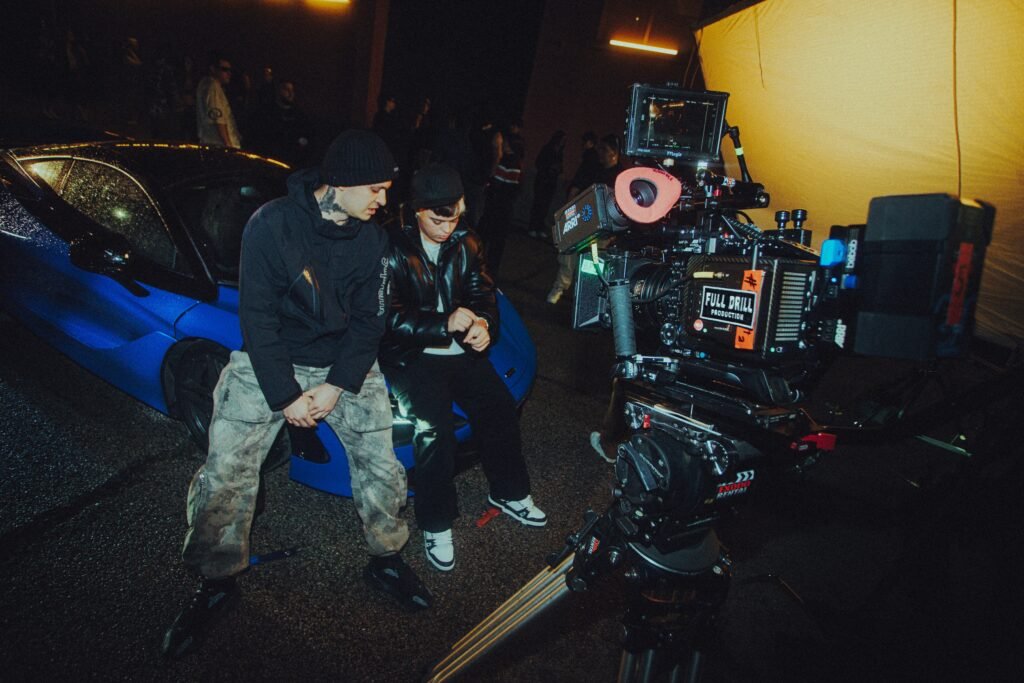
How to Create Emotion in Film
1. Write Emotion into the Script
- Script as the Heart: The emotional impact of a film begins with its script. Audiences must care about the story and its characters; when characters feel, viewers feel.
- Recontextualized Repetition: Repeating lines, objects, or motifs in new contexts gives them deeper meaning (e.g., the shoes in Jojo Rabbit or the song “Remember Me” in Coco).
- Dialogue: Well-crafted dialogue can move through a spectrum of emotions, as seen in the monologue from Steel Magnolias, which shifts from sadness to rage.
Example: “Toy Story 2” Flashback
Jessie’s flashback uses dialogue, repetition, and context to build a powerful emotional arc, culminating in the line: “You never forget kids like Emily or Andy. But they forget you.”
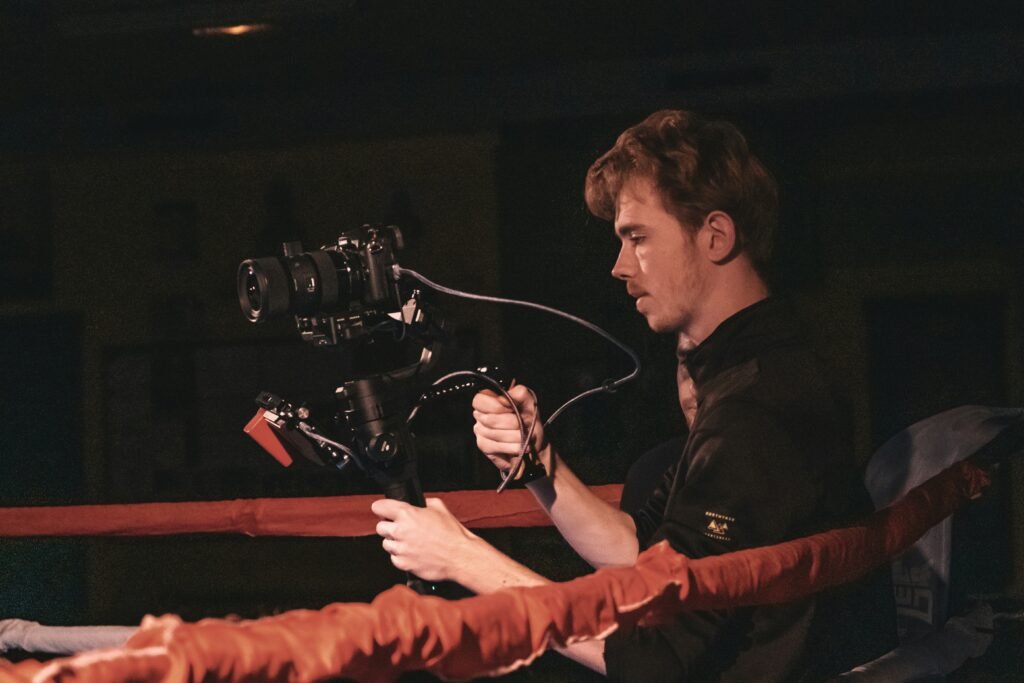
2. Use Visual Storytelling to Evoke Feeling
- Lighting: Sets the mood—low-key lighting creates tension (Alien), while bright light evokes relief (The Lord of the Rings).
- Camera Angles and Movement: High angles can convey guilt (Manchester by the Sea), close-ups foster intimacy (Interstellar), and wide shots can evoke grandeur or loneliness (La La Land).
- Color: Red can induce unease; cool tones suggest melancholy.
- Framing: Focusing on faces or omitting them (as with Emily in Toy Story 2) centers the audience on the emotional experience.
- Camera Movement: Moving toward a character can create empathy; pulling away can evoke isolation.
3. Hone Emotion in Post-Production
- Editing: The rhythm of cuts and transitions can heighten or prolong emotion. Dissolves can evoke memory and nostalgia; hard cuts can underscore abrupt loss.
- Music: Perhaps the most potent emotional tool, music can make us cry, thrill us, or terrify us. The song “When She Loved Me” in Toy Story 2 is a prime example.
- Sound Design: Beyond music, sound effects can amplify tension or anxiety (e.g., the fry cracker in Boogie Nights).
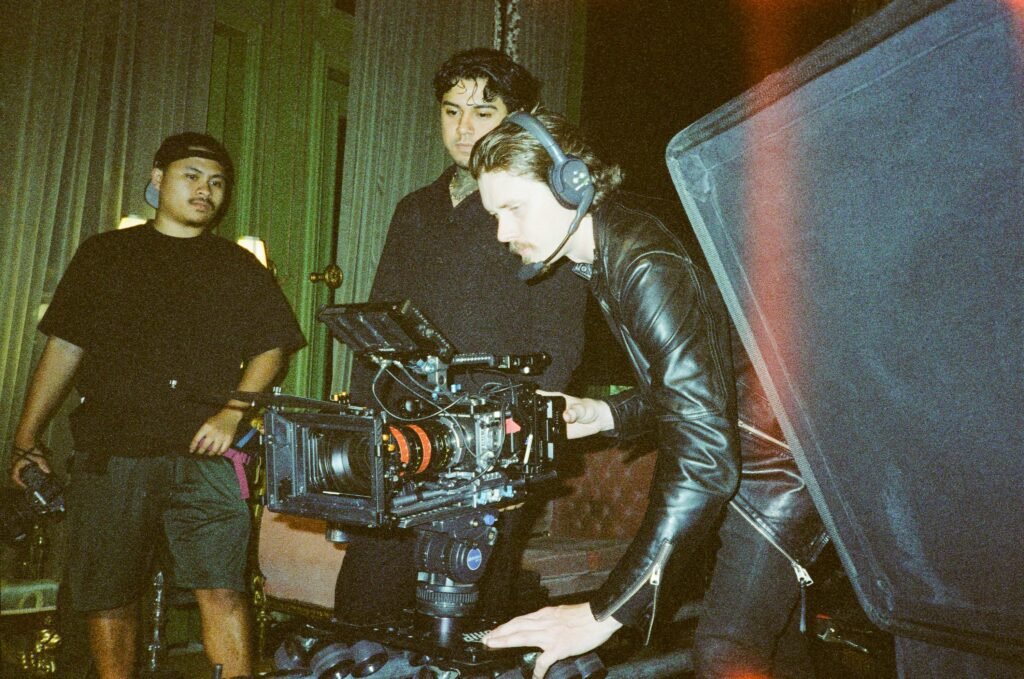
Table: Filmmaking Techniques for Evoking Emotion
| Technique | Example Film/Scene | Emotional Effect |
|---|---|---|
| Recontextualized Repetition | Jojo Rabbit (Rosie’s shoes) | Heightens heartbreak |
| Dialogue | Steel Magnolias (monologue) | Shifts through grief and rage |
| Lighting | Alien (low-key), LOTR (bright) | Fear, relief |
| Camera Angles | Manchester by the Sea (high angle) | Guilt, empathy |
| Color | Toy Story 2 (golden to muted) | Nostalgia, melancholy |
| Editing | Eternal Sunshine (intercutting) | Nostalgia, longing |
| Music | Toy Story 2 (“When She Loved Me”) | Sadness, loss |
| Sound Design | Boogie Nights (crackers) | Anxiety, tension |
Conclusion
No two movies are alike, but the best films share a common goal: to move us. Whether through writing, visuals, editing, or sound, filmmakers draw on the science of emotion to craft experiences that linger long after the credits roll. Great films make us feel—sometimes joy, sometimes sorrow, but always something real.

 Business2 weeks ago
Business2 weeks agoPros and Cons of the Big Beautiful Bill

 Advice3 weeks ago
Advice3 weeks agoWhat SXSW 2025 Filmmakers Want Every New Director to Know

 Film Industry4 weeks ago
Film Industry4 weeks agoFilming Yourself and Look Cinematic

 News2 weeks ago
News2 weeks agoFather Leaps Overboard to Save Daughter on Disney Dream Cruise

 Health2 weeks ago
Health2 weeks agoMcCullough Alleges Government Hid COVID Vaccine Side Effects

 Advice3 weeks ago
Advice3 weeks agoWhy 20% of Us Are Always Late

 Advice3 weeks ago
Advice3 weeks agoHow to Find Your Voice as a Filmmaker

 Entertainment2 weeks ago
Entertainment2 weeks agoJuror 25’s Behavior Sparks Debate Over Fairness in High-Profile Diddy Trial




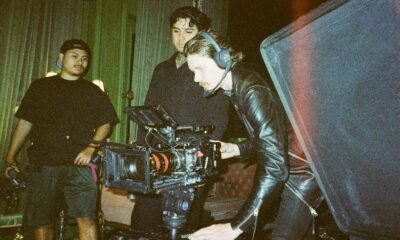






































tempmail
March 16, 2024 at 2:32 am
I loved as much as you will receive carried out right here The sketch is tasteful your authored subject matter stylish nonetheless you command get got an edginess over that you wish be delivering the following unwell unquestionably come further formerly again as exactly the same nearly very often inside case you shield this hike
ecommerce
April 15, 2024 at 6:51 pm
Wow, awesome blog layout! How long have you been blogging for?
you make blogging look easy. The whole look of your web site is fantastic, let
alone the content material! You can see similar here
dobry sklep